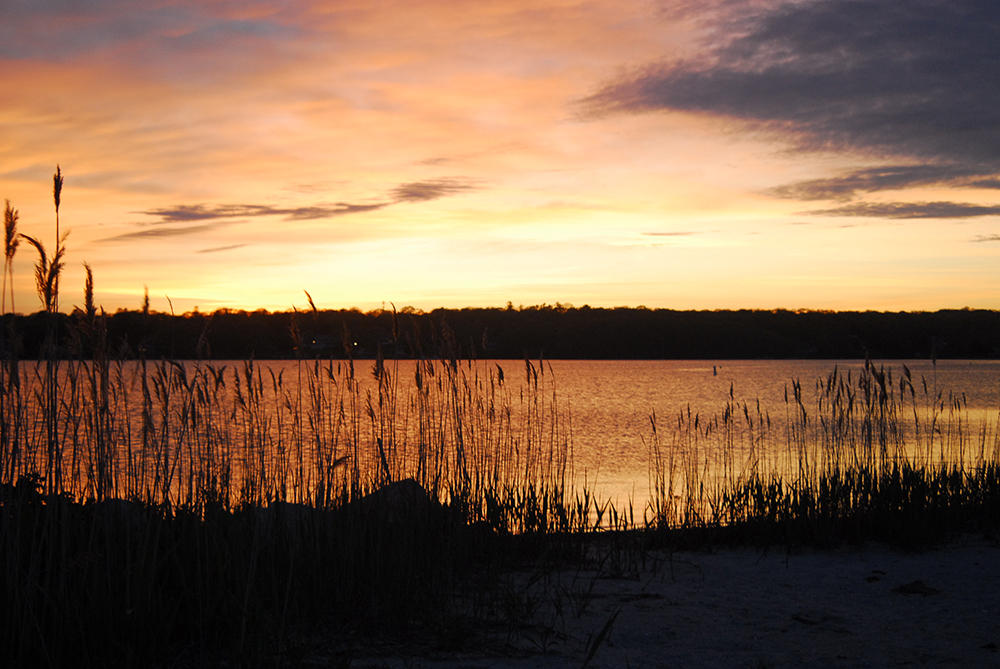Fleeting Attraction
Fly Anglers Can’t Ignore, Northeast Cinder Worm Spawn
by Alan Caolo
In contrast to most perennial opportunities that saltwater anglers anticipate each season, cinder worm events remain somewhat cloaked in mystery. But I believe the unpredictability of the worm event is the magnet that fuels its annual cult-like pursuit—sort of like a gambler’s addiction.
Worm “hatches” draw attention from fly-rodders from all walks of the sport. They are enormously appealing to freshwater anglers because of the similarity to dry fly hatches adored by trout fishers; for many of these folks, worm events are the only saltwater fishing they consider all season. But the worms interest salty fly-rodders as well—lots of them.
School fish under 30 inches can become maddeningly difficult in the midst of a worm hatch, challenging even the veterans. But despite there being no guarantee the event will even unfold as anticipated on any given day, worm hatches consistently draw daily gatherings of like-minded anglers simply for the camaraderie of fishing with on-the-water friends.
Similar to dry fly fishing, these are entirely visual events. The riveting nature of technical fly casting to surface-feeding gamefish cannot be overstated. Northeast worm events attract attention from many game species, including striped bass, bluefish, and hickory shad, and they represent a premium angling opportunity for fly-fishers.
 Cinder Worm Spawning Dynamics
Cinder Worm Spawning Dynamics
Let’s clarify a common misunderstanding up front: The cinder worm event is a spawn, not a hatch. The label “worm hatch” is a misnomer likely derived from its similarity to insect hatches common in fresh water. Despite the unpredictable nature of the worm event…
Learn how to fish the Cinder worm Spawn and what flies to use: Click Here to Subscribe or Pick Up the Latest Issue


